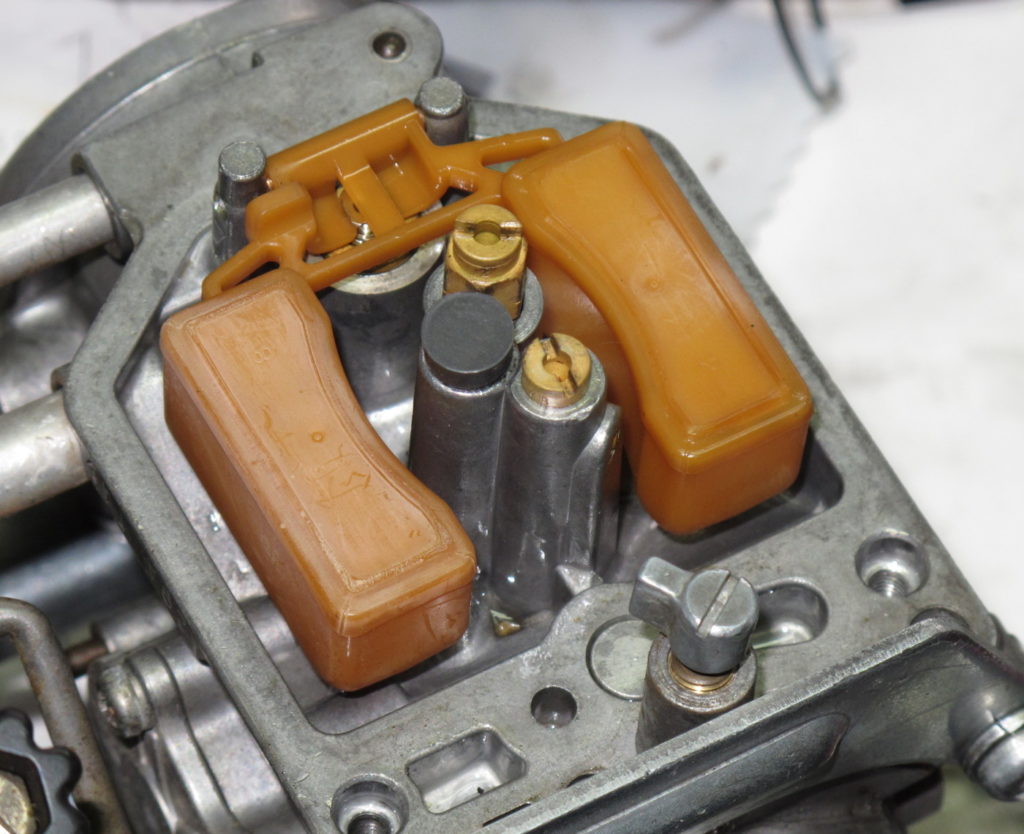Mileage: 29,424
Maintenance Summary:
- Greased the side stand with moly grease.
- Replaced missing 10mm nut (5/31/18)
The side stand is not as tight fitting as the center stand. I don’t know if that’s the way it came from the factory, or it’s not tight because of a bit of wear. The side stand is more heavily used, it’s under more stress (only one attachment point and heavy side stresses), and it’s probable that the stand hasn’t received regular maintenance. That said, this simple design is very rugged and can take a lot of abuse. While it might be possible to force some grease into the pivot bolt hole without removing the side stand, I chose to remove the side stand for a thorough cleaning and inspection.
To gain access to the side stand pivot bolt I dropped the entire exhaust system. I did this by removing the header clamps, removing the bolts at both ends of the power box (three bolts total), and removing the two rider peg bolts. This allowed the entire exhaust system to be lowered as shown here.
 The side stand and pivot bolt were completely lacking in lubrication. The stand is also missing a 10mm nut. The stand is threaded so the missing nut is supposed to be there to lock the pivot bolt and keep it from spinning loose. I’ll install the nut later. (Update: Nut installed 5/31/18)
The side stand and pivot bolt were completely lacking in lubrication. The stand is also missing a 10mm nut. The stand is threaded so the missing nut is supposed to be there to lock the pivot bolt and keep it from spinning loose. I’ll install the nut later. (Update: Nut installed 5/31/18)
Below is the frame tab that the pivot bolt passes through. The inner surfaces of the hole, the top of the tab on the outside, and the bottom of the tab on the inside is where most of the wear occurs. If you enlarge the picture below you’ll see that the portion of the tab above the hole has wear not visible on the section below the hole. You can also see the bit of bailing wire that I used to remove and reinstall the spring.
 Hint: Install the stand in the down position. You won’t be able to lift the exhaust past the side stand if installed in the up position. See the first picture to understand why. Install the spring after the exhaust system has been reinstalled.
Hint: Install the stand in the down position. You won’t be able to lift the exhaust past the side stand if installed in the up position. See the first picture to understand why. Install the spring after the exhaust system has been reinstalled.
Reinstalling the exhaust system was a bit of a pain and took some time. The entire job took about an hour.




















